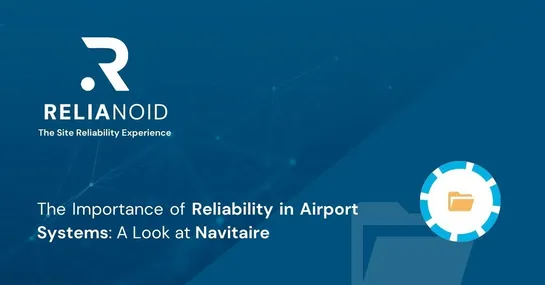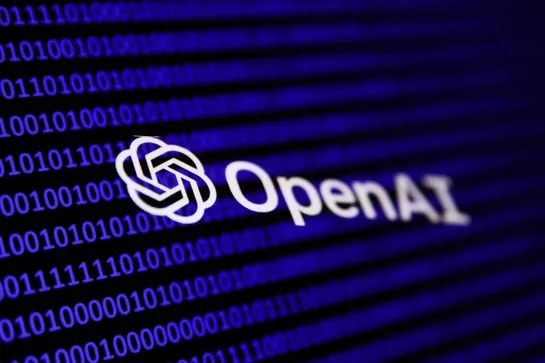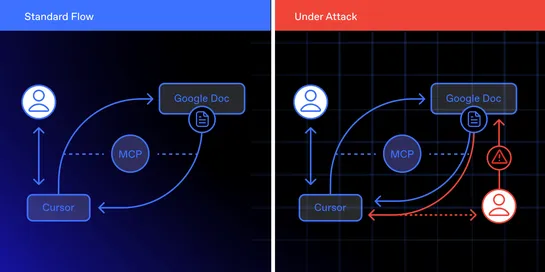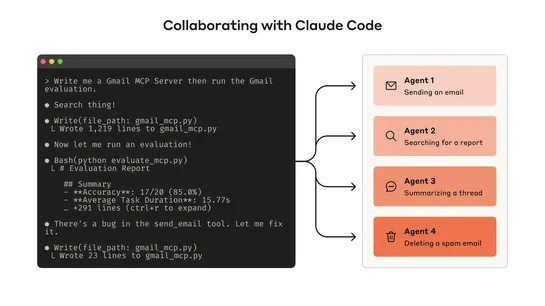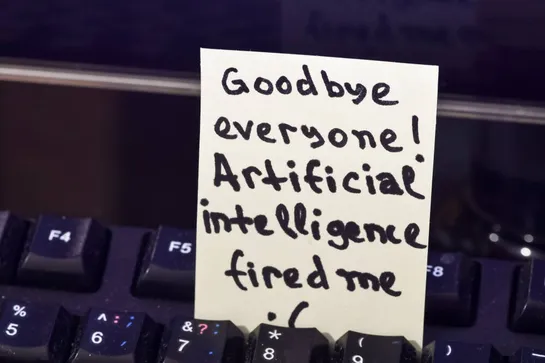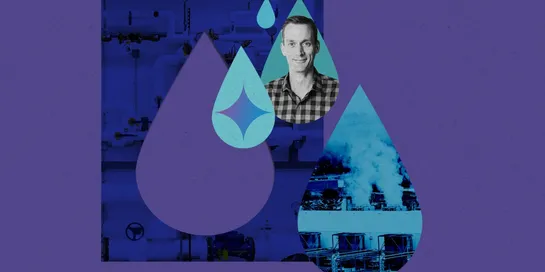The Importance of Reliability in Airport Systems
✈️ In aviation, reliability isn’t optional—it’s mission-critical. From flight scheduling to baggage handling, every system must perform flawlessly to keep passengers moving. Our latest blog explores how Navitaire by Collins Aerospace is transforming airport operations and how RELIANOID helps ensure ..

